Garden of the Gods
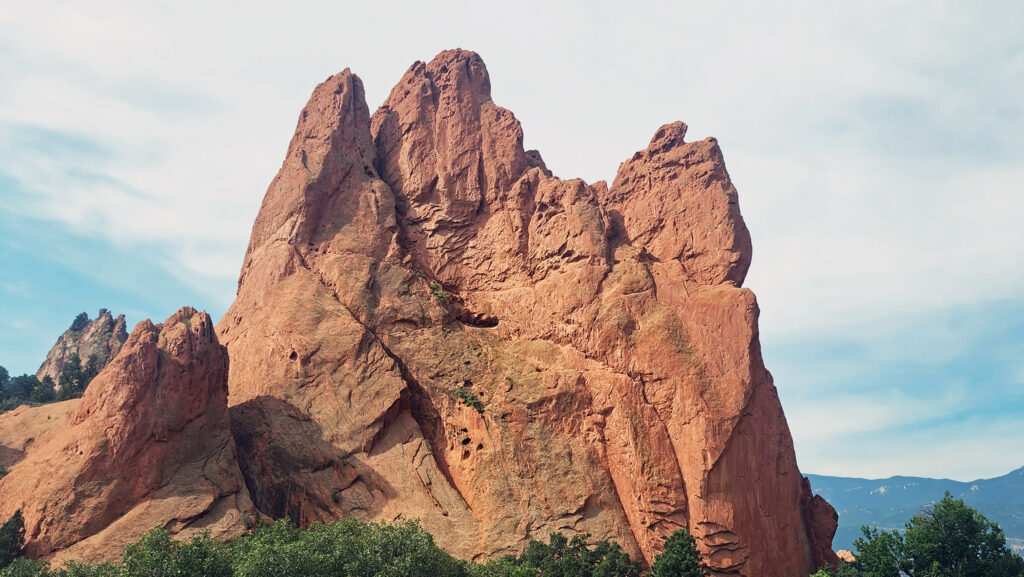
Introduction
My wife and I had the pleasure of visiting the Garden of the Gods in Colorado Springs on our trip to Colorado last summer (2023). The park is an unbelievably beautiful collection of soaring rock formations that, in my opinion, is truly worthy of national park status. But in fact, it is a Colorado Springs city park, not a national park. But it’s one of the most beautiful and awe-inspiring city parks you’ll find anywhere in the world. And to top it off, admission is free.
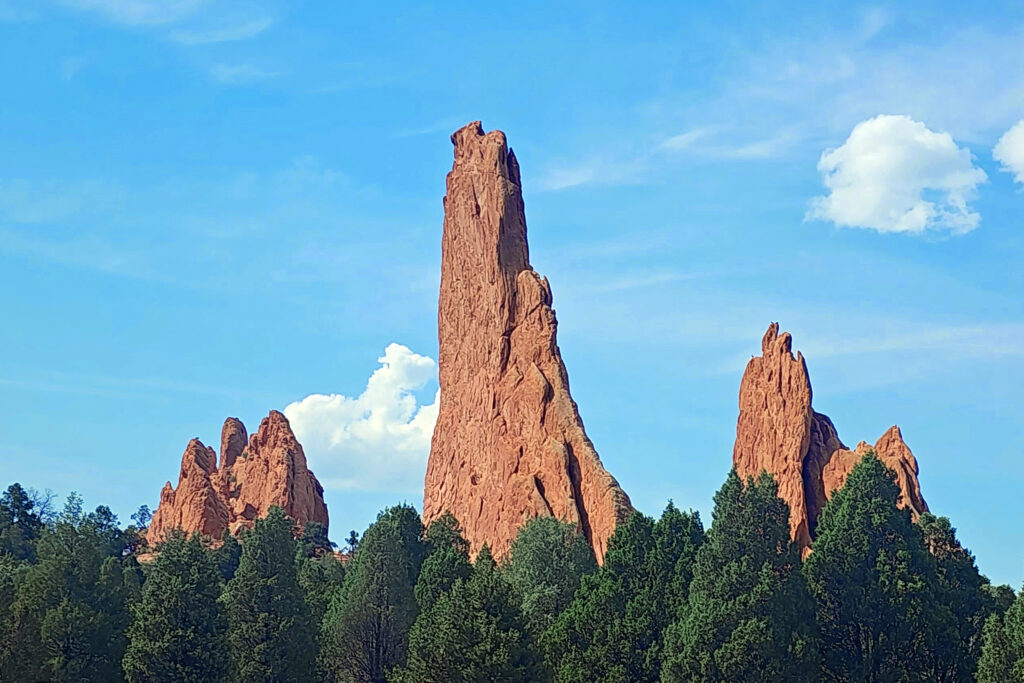
Geology
What is now the Garden of the Gods was a shallow inland sea 250 million years ago. When the sea evaporated, it left behind sand that formed dunes, which were in turn buried and compacted, forming layers of red sandstone. The uplift of the Rocky Mountains tilted the sandstone layers nearly vertically. Glacial erosion during the Pleistocene Ice Age sculpted the soaring spires of the present-day.
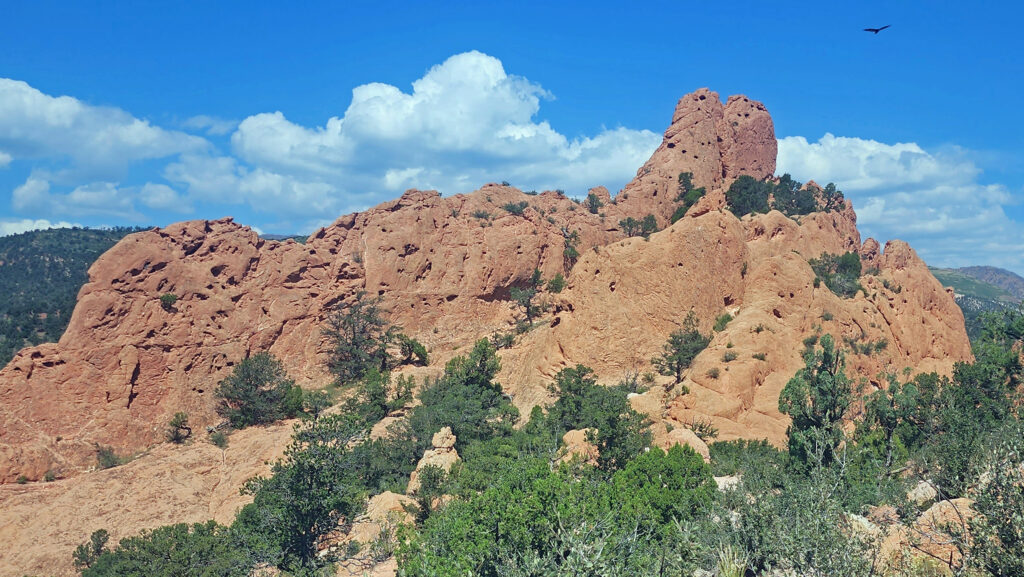
History
There is archaeological evidence of indigenous people’s use of the area dating to at least 1330 BCE. But native people’s presence in the area almost certainly predates that by centuries if not millennia. European presence dates to early Spanish explorers in the 16th century, followed later by French and American fur trappers in the 18th and 19th centuries. The area became part of the United States in 1803 as part of the Louisiana Purchase.
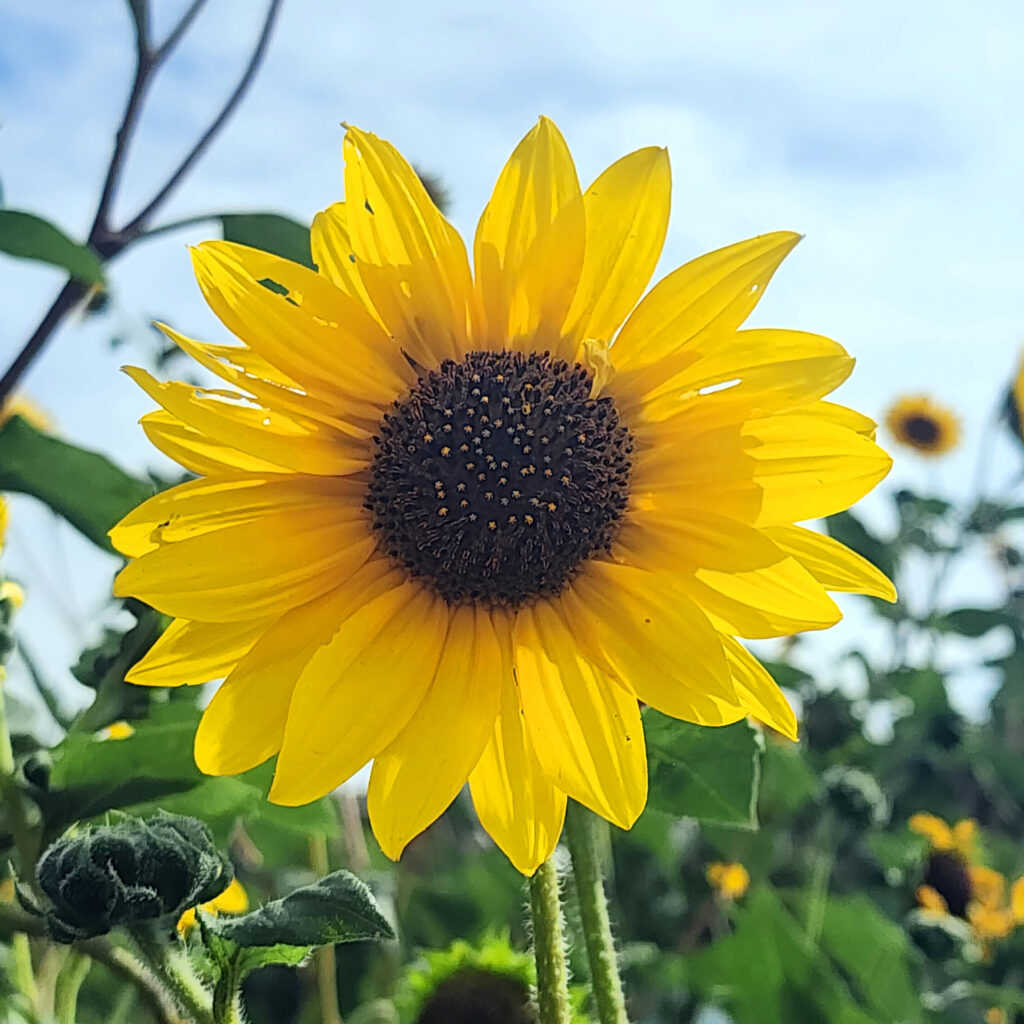 In 1859, Colorado City was founded and later became the capital of the Colorado Territory before the capital was moved first to Golden, then Denver. Colorado Springs was founded in 1871 just east of what became known as Old Colorado City. Colorado Springs grew rapidly and eventually Old Colorado City became incorporated into the growing city, and is now a neighborhood west of downtown Colorado Springs.
In 1859, Colorado City was founded and later became the capital of the Colorado Territory before the capital was moved first to Golden, then Denver. Colorado Springs was founded in 1871 just east of what became known as Old Colorado City. Colorado Springs grew rapidly and eventually Old Colorado City became incorporated into the growing city, and is now a neighborhood west of downtown Colorado Springs.

The Park
In 1879 Charles Perkins purchased 480 acres of what is now the Garden of the Gods. After his death in 1907, his family donated the land to the City of Colorado Springs with the provision that it be a free public park. Garden of the Gods Park was created in 1909 and more than 110 years later the park remains open to the public free of admission.
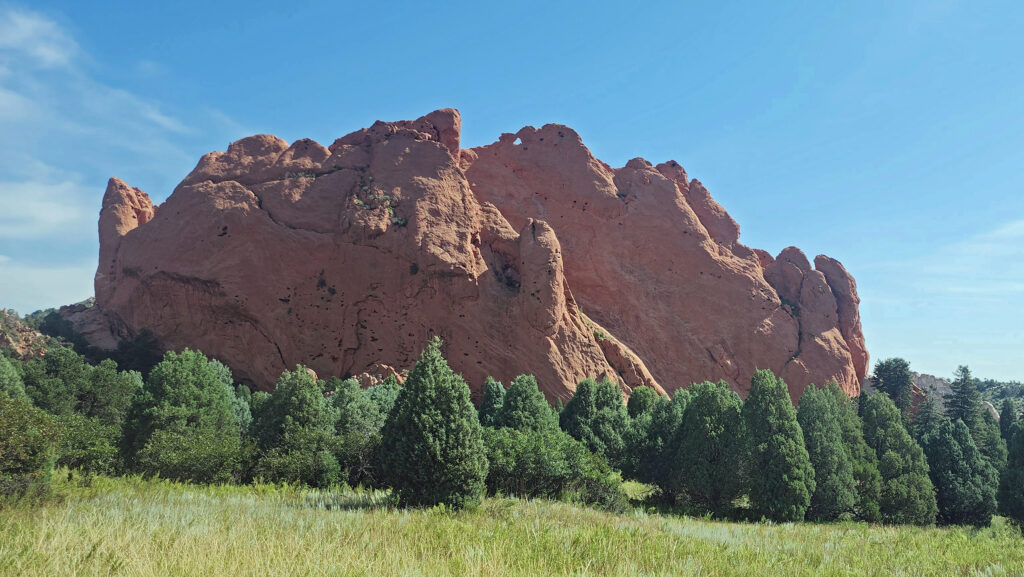
Today the park spans 1341 acres of the Garden of the Gods and the adjacent Rock Ledge Ranch Historic Site. In 1971, 862 acres of the park was designated a National Natural Landmark.
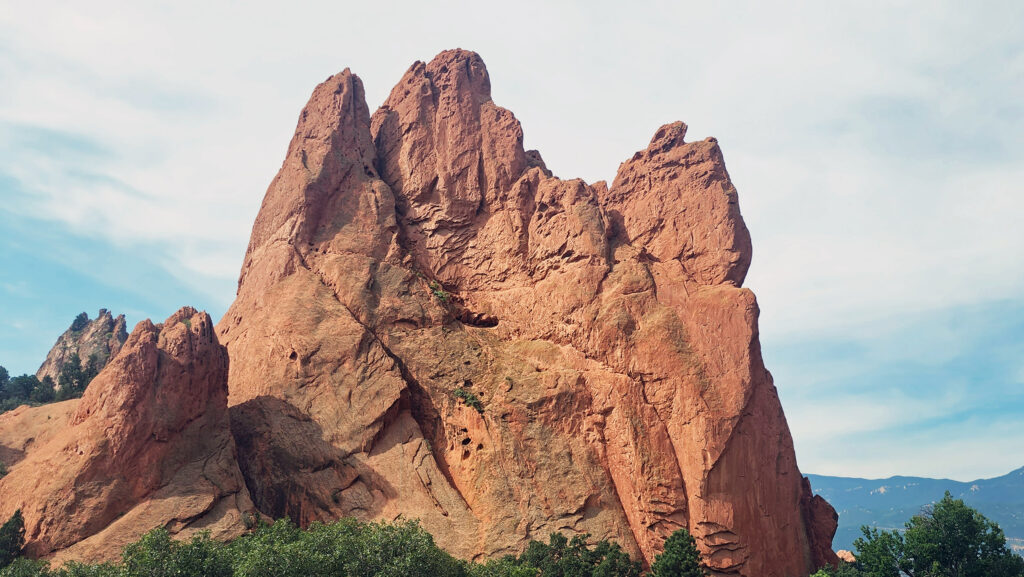
The Visitor and Nature Center, located on W. 30th Street across from the park entrance road, is a great place to begin your visit. It includes an information center staffed by park employees, 30 educational exhibits, and a theater that shows a film about the park every twenty minutes.
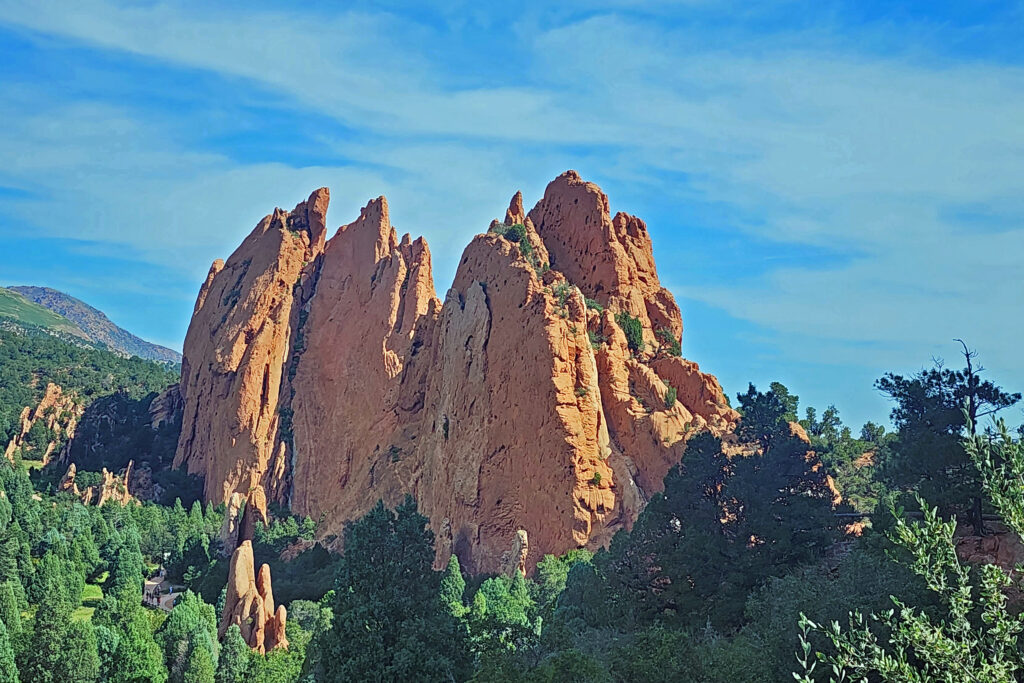
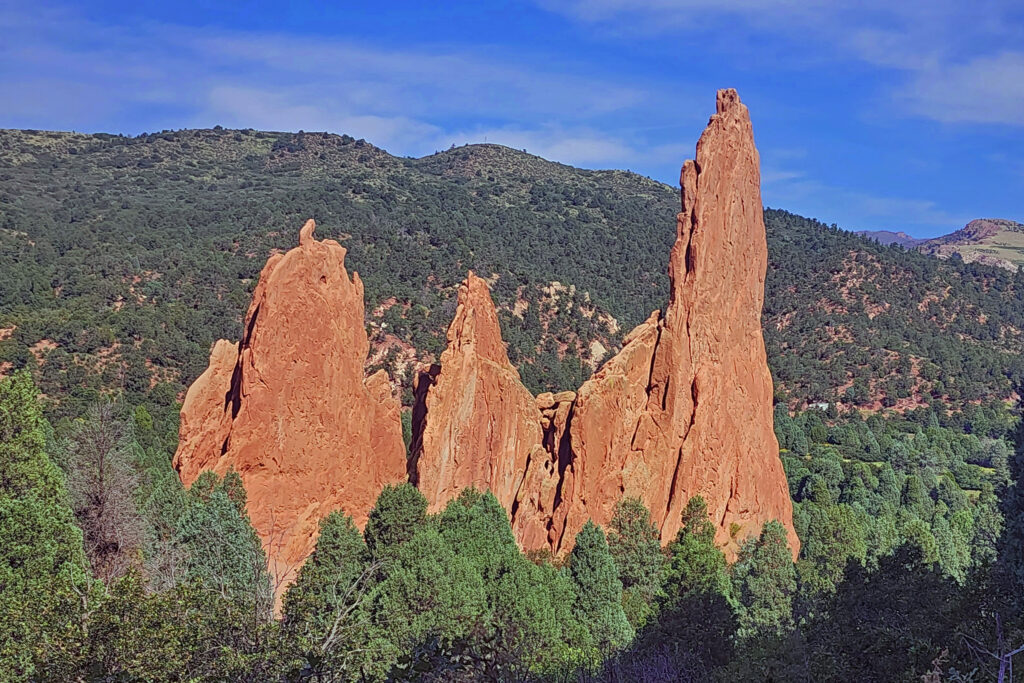 The park is very popular and parking can be a problem, but there is also a large overflow parking area just west of 30th Street if the visitor center parking lot is full. There is a pedestrian tunnel under 30th Street to get from the overflow lot to the visitor center. The park also operates a free shuttle bus in the summer that runs from the visitor center to the center of the park with stops at the overflow parking area and the Rock Ledge Ranch Historic Site.
The park is very popular and parking can be a problem, but there is also a large overflow parking area just west of 30th Street if the visitor center parking lot is full. There is a pedestrian tunnel under 30th Street to get from the overflow lot to the visitor center. The park also operates a free shuttle bus in the summer that runs from the visitor center to the center of the park with stops at the overflow parking area and the Rock Ledge Ranch Historic Site.
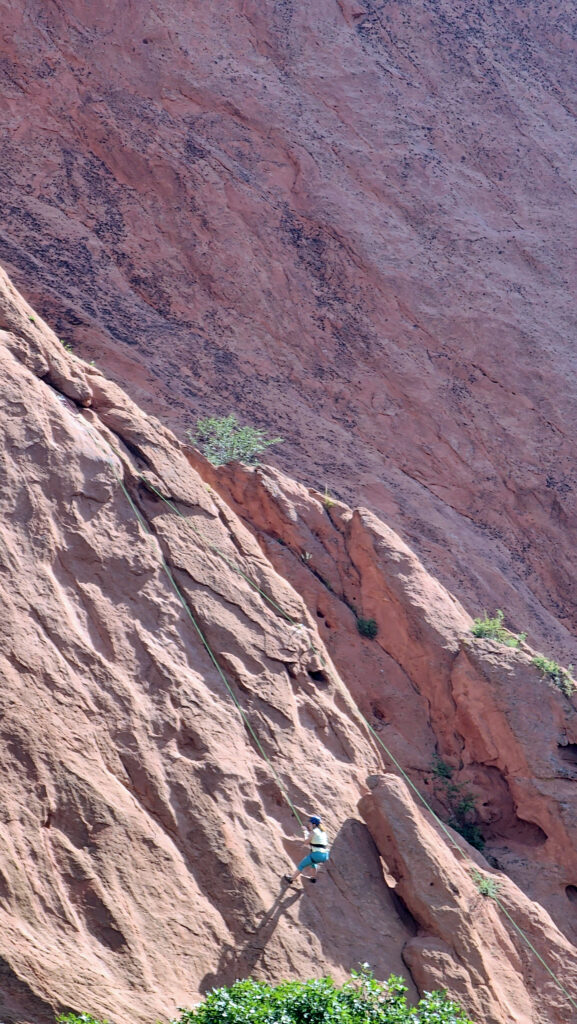
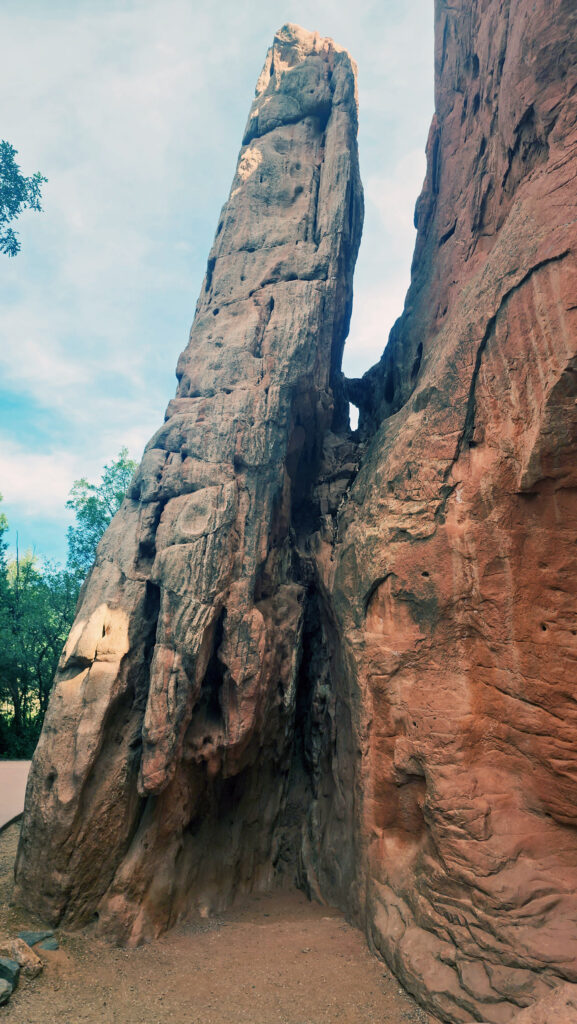
The twenty-one miles of hiking, biking, and horseback riding trails that wind through the spires, the numerous rock-climbing routes, and the abundant wildlife, not to mention the incredible rock formations, make the Garden of the Gods an outdoor enthusiast’s paradise. More than 130 species of birds can be seen in the park. Mule deer, bighorn sheep, coyotes, and red foxes also inhabit the park.
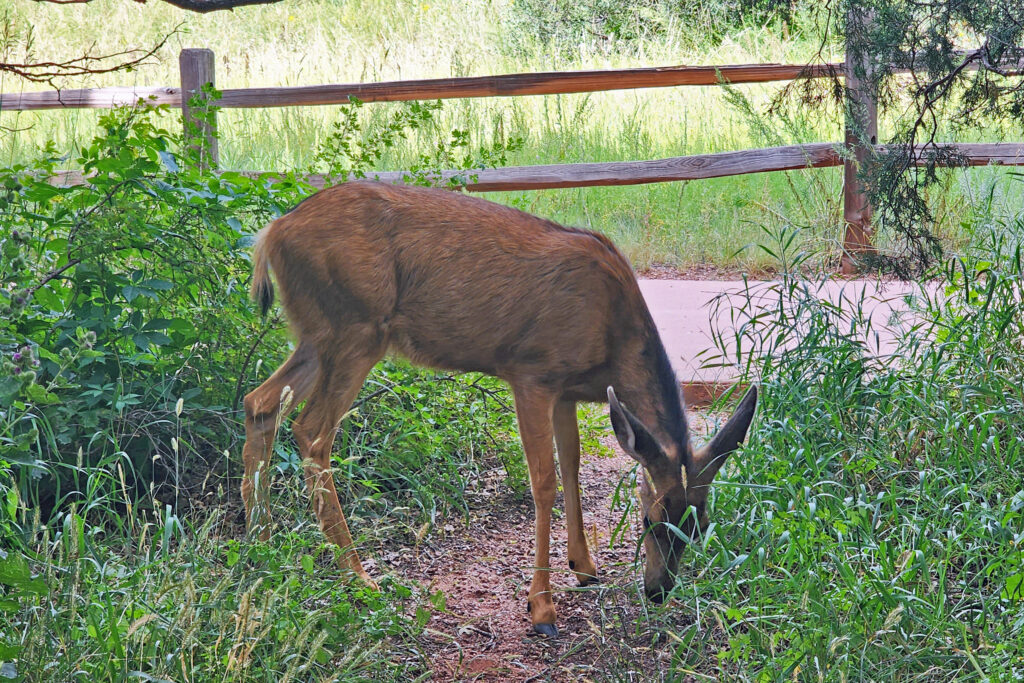
For more information on the park, go to the Garden of the Gods website.
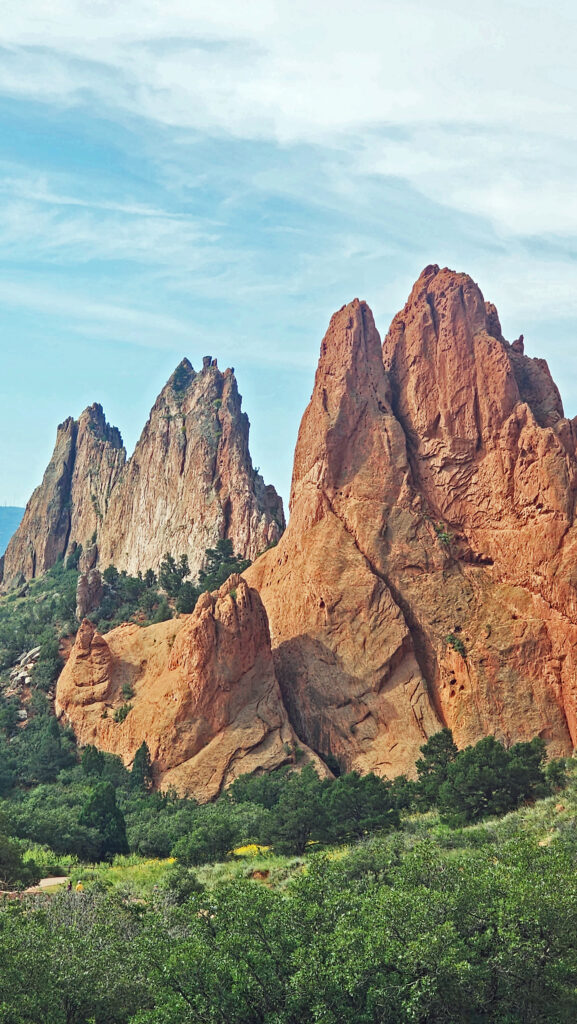
Conclusion
Garden of the Gods is one of the highlights, and truly a must see, of any visit to Colorado. I had seen photos of the Garden’s rock formations, but those didn’t convey just how spectacular and how awesome the rock formations are (nor do the photos here). You have to see them in person to fully appreciate what a magnificent place Garden of the Gods really is.
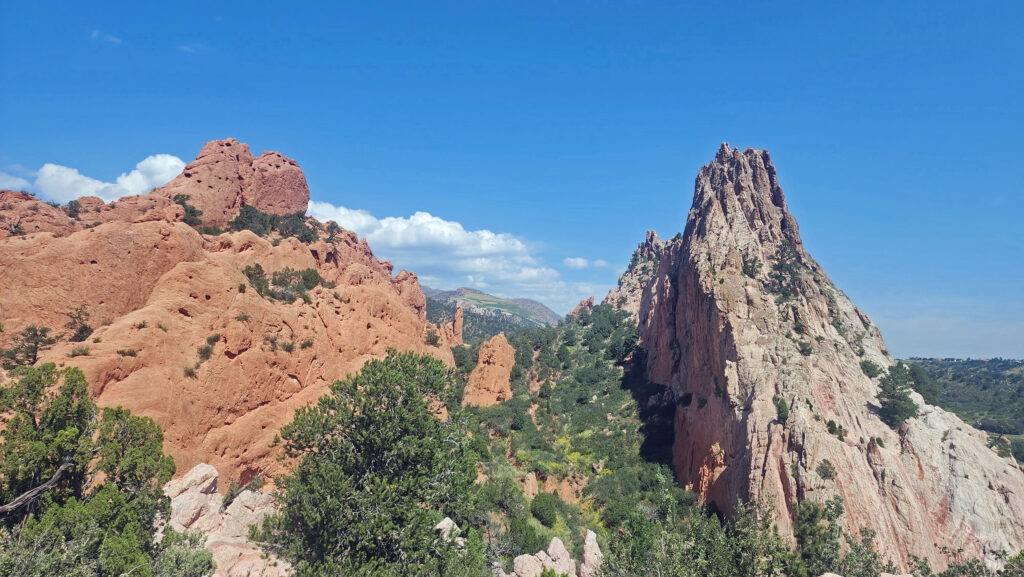
Look for an upcoming post featuring Rocky Mountain National Park for more on our Colorado trip.
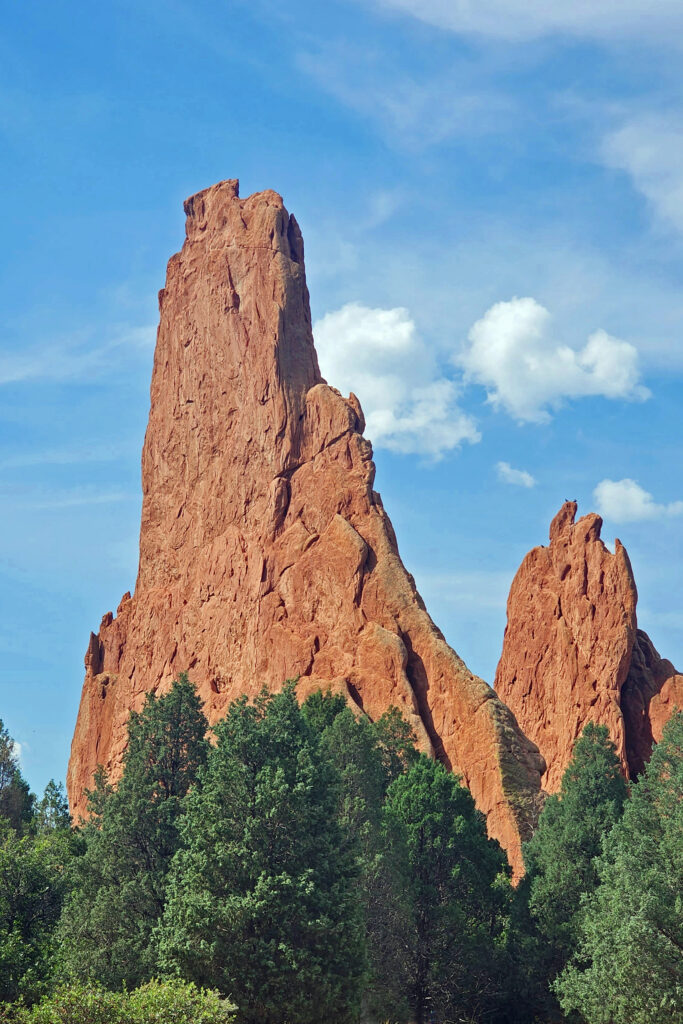
Posted November 8, 2023 by Alan K. Lee
All photos © Alan K. Lee

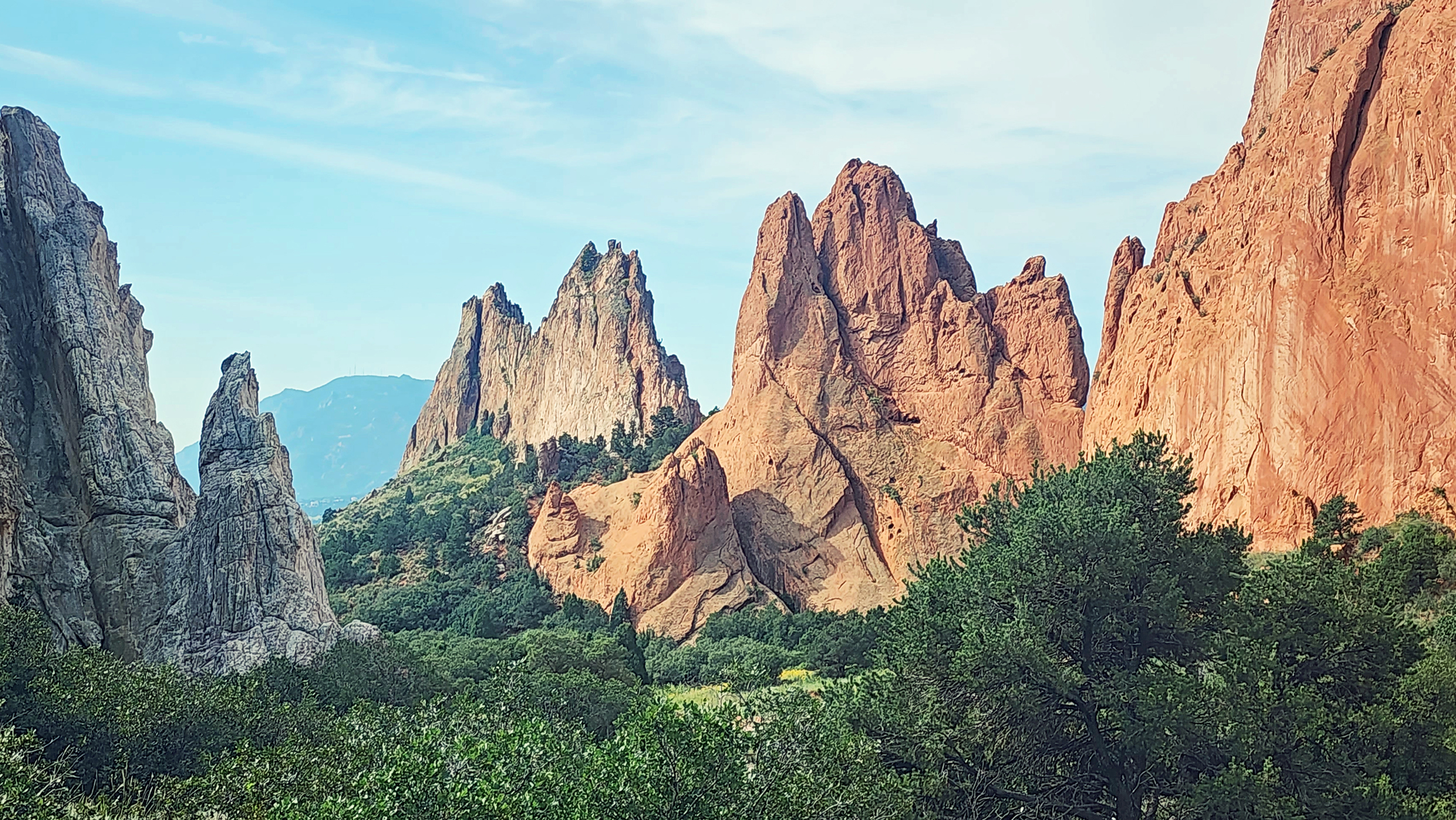
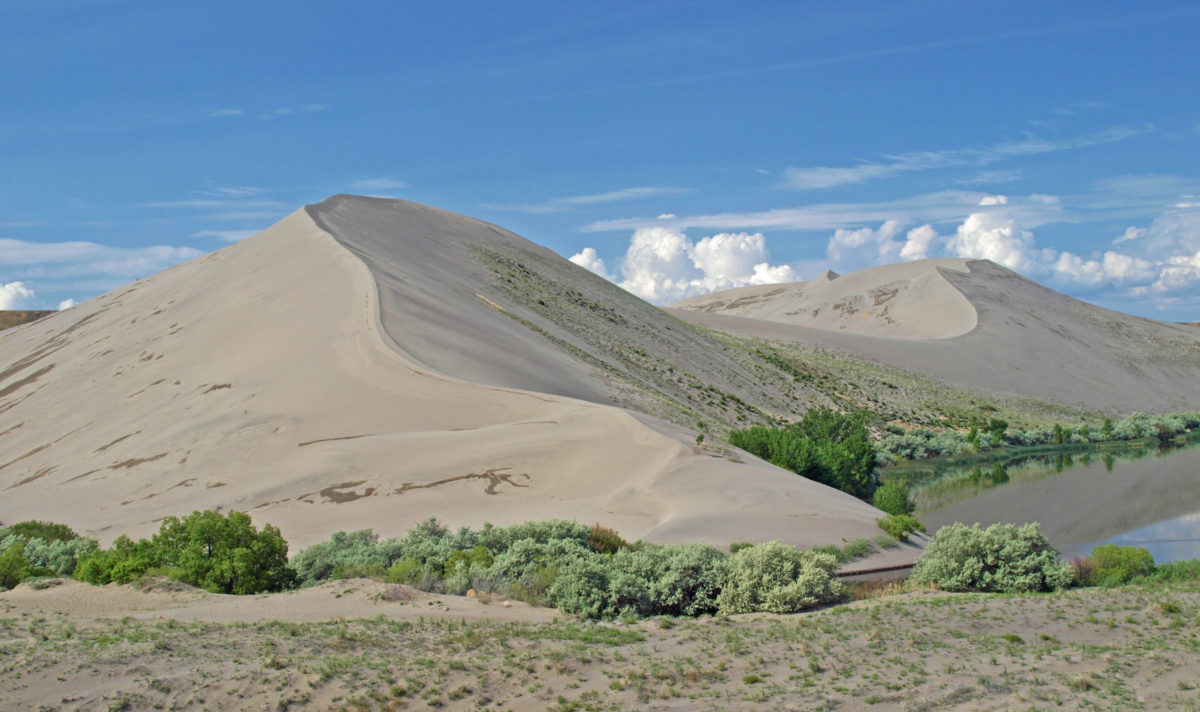
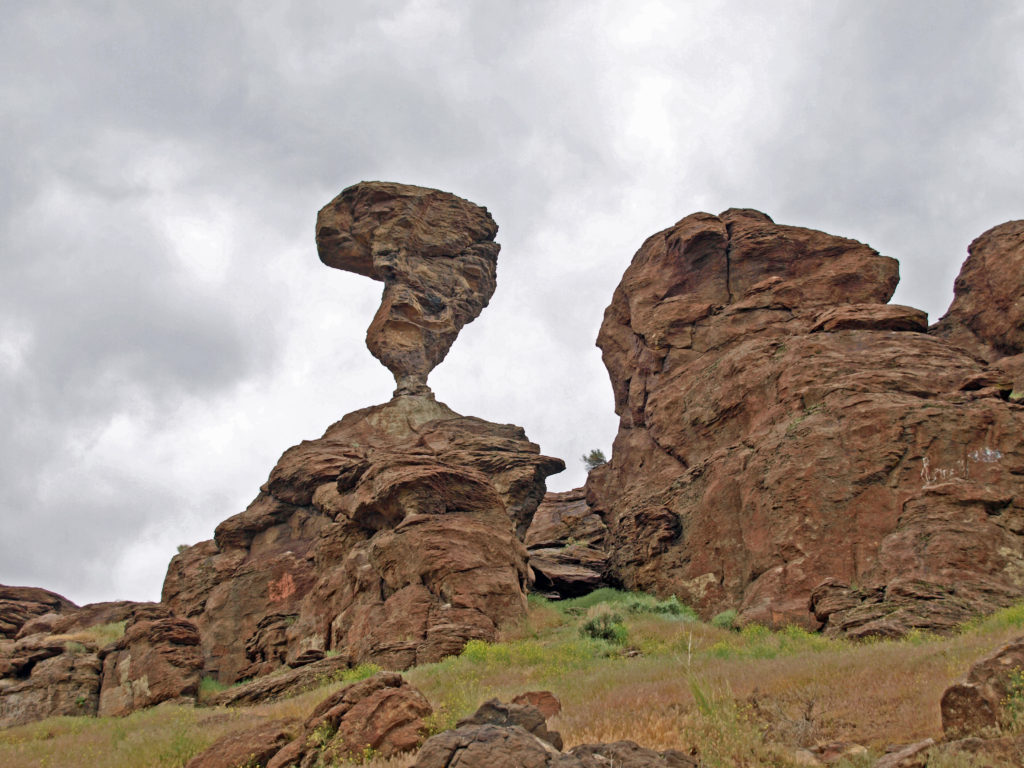 After touring the Thousand Springs area (see my
After touring the Thousand Springs area (see my 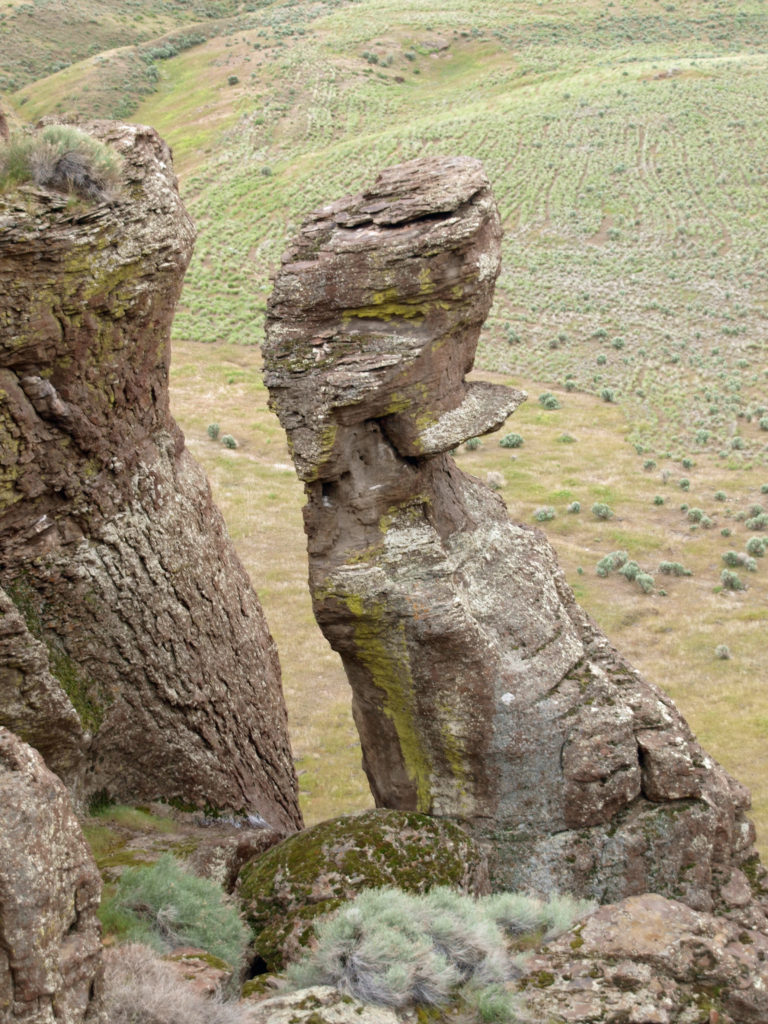
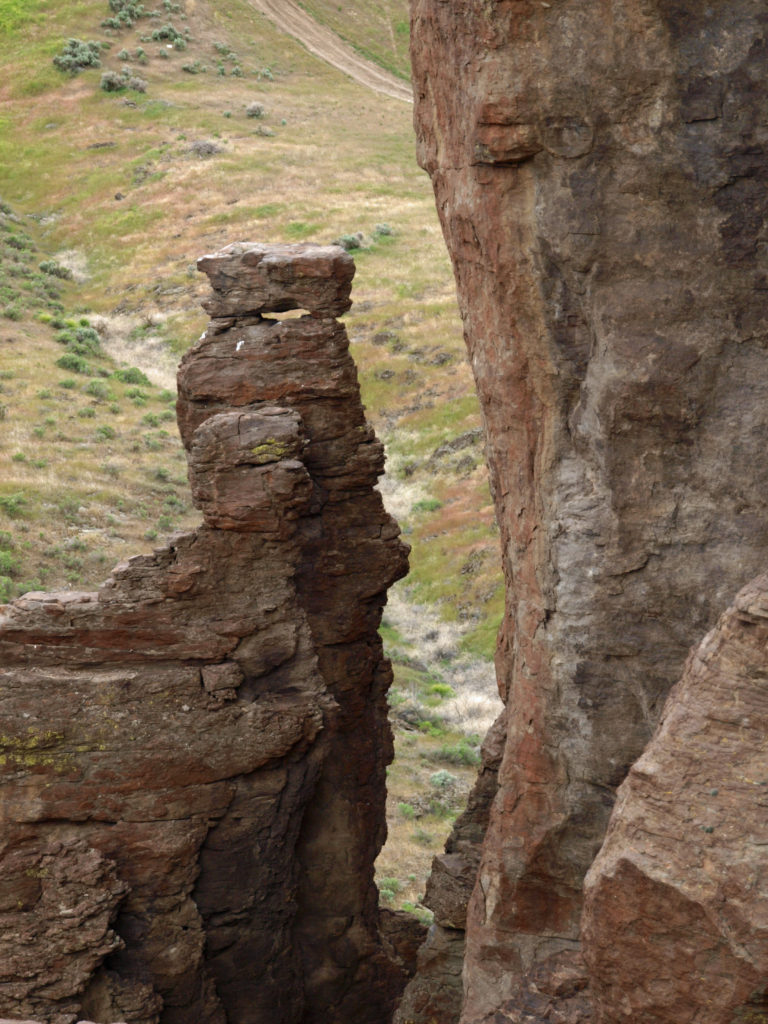 Balanced Rock is located about twenty miles west of Twin Falls and ten miles from Buhl, the nearest town. The area around Buhl is flat, featureless farm land that looks more like Kansas than the pictures I had seen of Balanced Rock, which had more the look of the Arizona or Utah deserts. But after a few miles, the road began to drop into a canyon and the view and landscape changed radically.
Balanced Rock is located about twenty miles west of Twin Falls and ten miles from Buhl, the nearest town. The area around Buhl is flat, featureless farm land that looks more like Kansas than the pictures I had seen of Balanced Rock, which had more the look of the Arizona or Utah deserts. But after a few miles, the road began to drop into a canyon and the view and landscape changed radically. Balanced Rock is nearly fifty feet tall, weighs forty tons, and is supported precariously by a stem of rock less than three feet in diameter. It is, to say the least, a striking sight. We climbed up to the rock and hiked along the hillside above the rock formations (there’s quite a lot more than just Balanced Rock). It’s not a large area, and the trail is short and not difficult. It’s easy to explore in an hour or so, and I found it definitely worth the time and effort. But you can still get a good view of Balanced Rock and the other rock formations from the parking area if you don’t want to, or are unable to, climb up to them.
Balanced Rock is nearly fifty feet tall, weighs forty tons, and is supported precariously by a stem of rock less than three feet in diameter. It is, to say the least, a striking sight. We climbed up to the rock and hiked along the hillside above the rock formations (there’s quite a lot more than just Balanced Rock). It’s not a large area, and the trail is short and not difficult. It’s easy to explore in an hour or so, and I found it definitely worth the time and effort. But you can still get a good view of Balanced Rock and the other rock formations from the parking area if you don’t want to, or are unable to, climb up to them.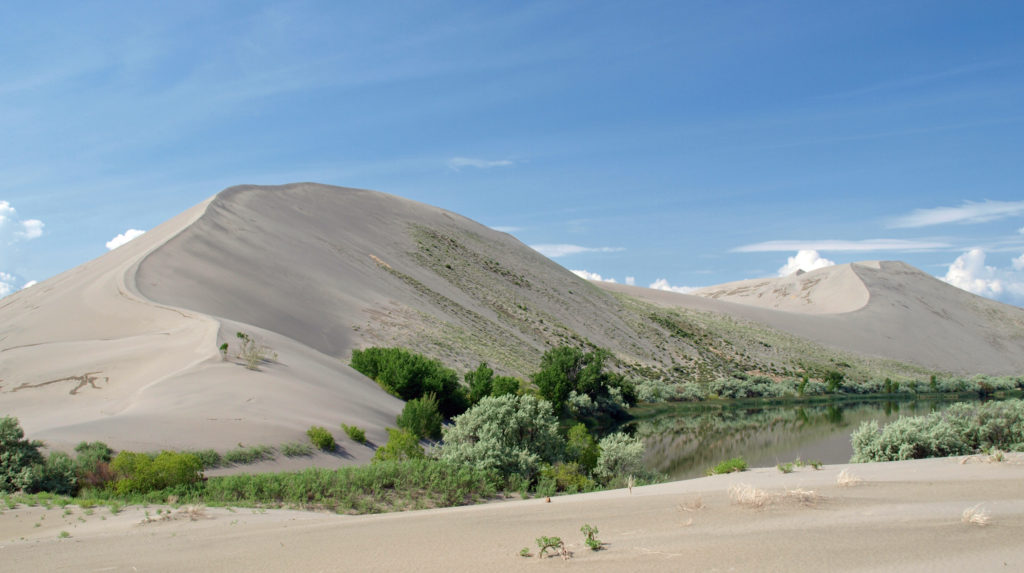 Bruneau Dunes
Bruneau Dunes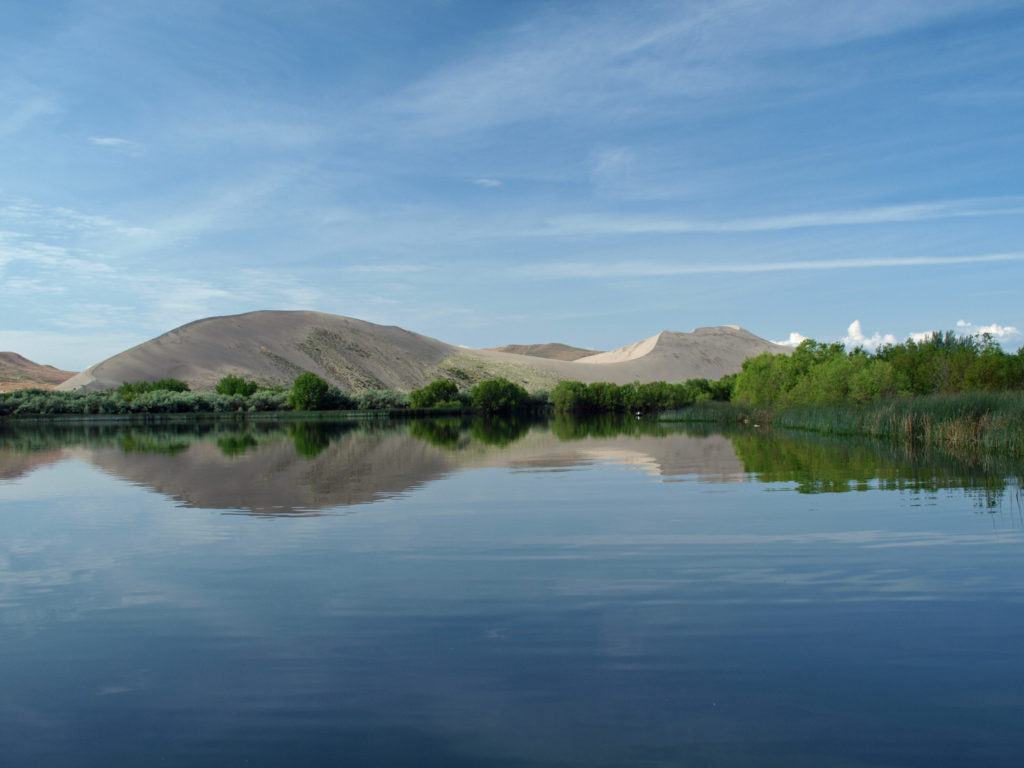 The dunes are impressive and certainly the main attraction here, but the park also has two small lakes, marshes and wetland areas, and open desert areas to explore. The marshes and lakes are full of waterfowl, and coyotes, jackrabbits, lizards, and gopher snakes can be found in the drier areas of the park. In the spring, desert wildflowers are abundant.
The dunes are impressive and certainly the main attraction here, but the park also has two small lakes, marshes and wetland areas, and open desert areas to explore. The marshes and lakes are full of waterfowl, and coyotes, jackrabbits, lizards, and gopher snakes can be found in the drier areas of the park. In the spring, desert wildflowers are abundant.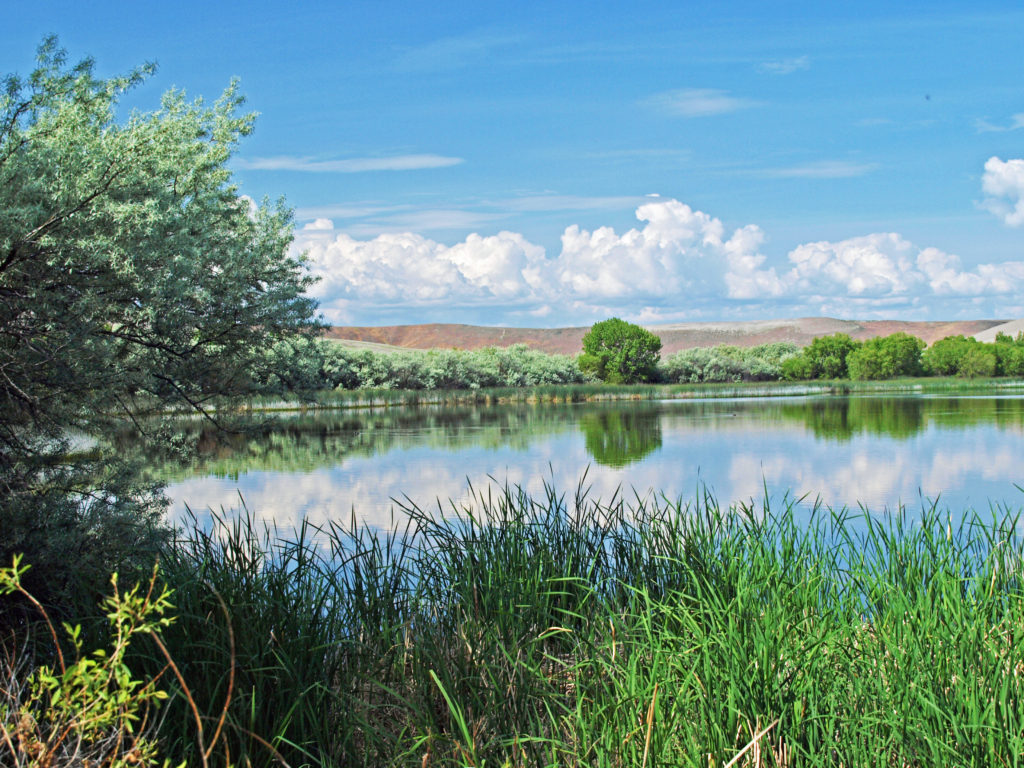 For hikers, there’s a six mile loop trail that takes you over the top of the dunes. There is also an equestrian camp and a ten mile long horse trail, two campgrounds, a picnic area, and a visitor center. We didn’t do the six mile hike, but did climb the Small Dune, hiked around the smaller lake, checked out the picnic area on the Big Lake, and, of course, spent a lot of time photographing the area.
For hikers, there’s a six mile loop trail that takes you over the top of the dunes. There is also an equestrian camp and a ten mile long horse trail, two campgrounds, a picnic area, and a visitor center. We didn’t do the six mile hike, but did climb the Small Dune, hiked around the smaller lake, checked out the picnic area on the Big Lake, and, of course, spent a lot of time photographing the area.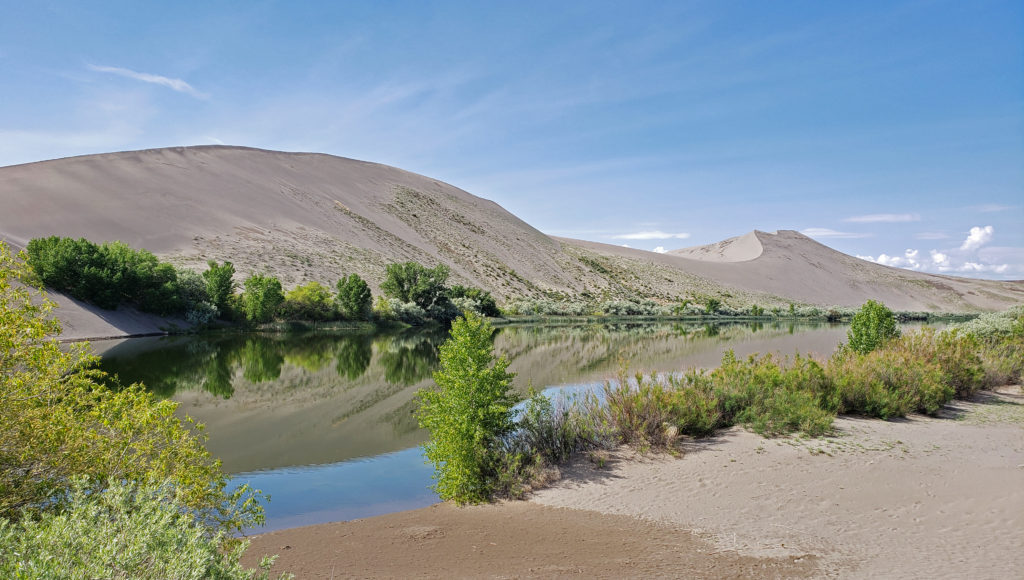 Bruneau Dunes is also an outstanding “dark skies” area, and the Boise Astronomical Society has constructed an observatory at the park. On weekends, visitors can view the depths of space through the observatory’s 25 inch telescope.
Bruneau Dunes is also an outstanding “dark skies” area, and the Boise Astronomical Society has constructed an observatory at the park. On weekends, visitors can view the depths of space through the observatory’s 25 inch telescope.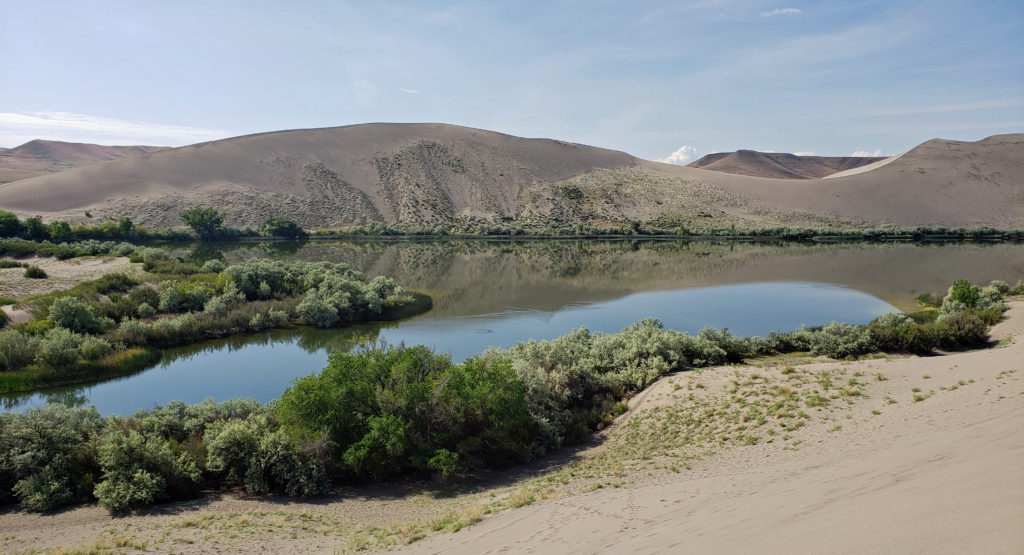 The weather was better than it was for our Thousand Springs and Balanced Rock visits on the previous day, and the sunshine made for some good photo ops. But it got a little warm on the dunes after awhile, and there were swarms of mosquitoes by the water where it was cooler. Still, it was a nice morning’s outing. The dunes and the small lakes between them are incredibly beautiful, and climbing the dunes was a fun adventure.
The weather was better than it was for our Thousand Springs and Balanced Rock visits on the previous day, and the sunshine made for some good photo ops. But it got a little warm on the dunes after awhile, and there were swarms of mosquitoes by the water where it was cooler. Still, it was a nice morning’s outing. The dunes and the small lakes between them are incredibly beautiful, and climbing the dunes was a fun adventure.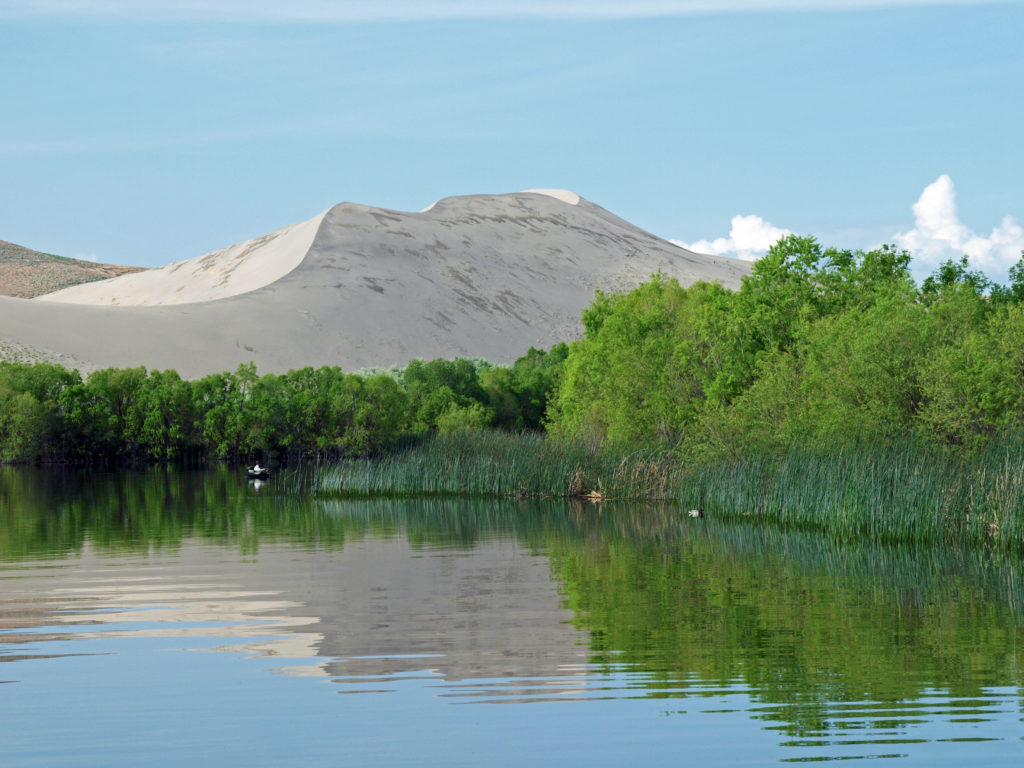 Bruneau Dunes definitely exceeded my expectations. The dunes are huge, much bigger than I expected, and the area around them is interesting and very beautiful. The park is small enough that it can be explored in half a day, which is what we did, but there’s enough there to keep you occupied for a few days, at least. It’s also a place where you can slow down, relax, and spend some time just enjoying the views and the peace and quiet, which won’t be marred by the presence of dune buggies and trail bikes. They’re prohibited in the park to protect the dunes.
Bruneau Dunes definitely exceeded my expectations. The dunes are huge, much bigger than I expected, and the area around them is interesting and very beautiful. The park is small enough that it can be explored in half a day, which is what we did, but there’s enough there to keep you occupied for a few days, at least. It’s also a place where you can slow down, relax, and spend some time just enjoying the views and the peace and quiet, which won’t be marred by the presence of dune buggies and trail bikes. They’re prohibited in the park to protect the dunes.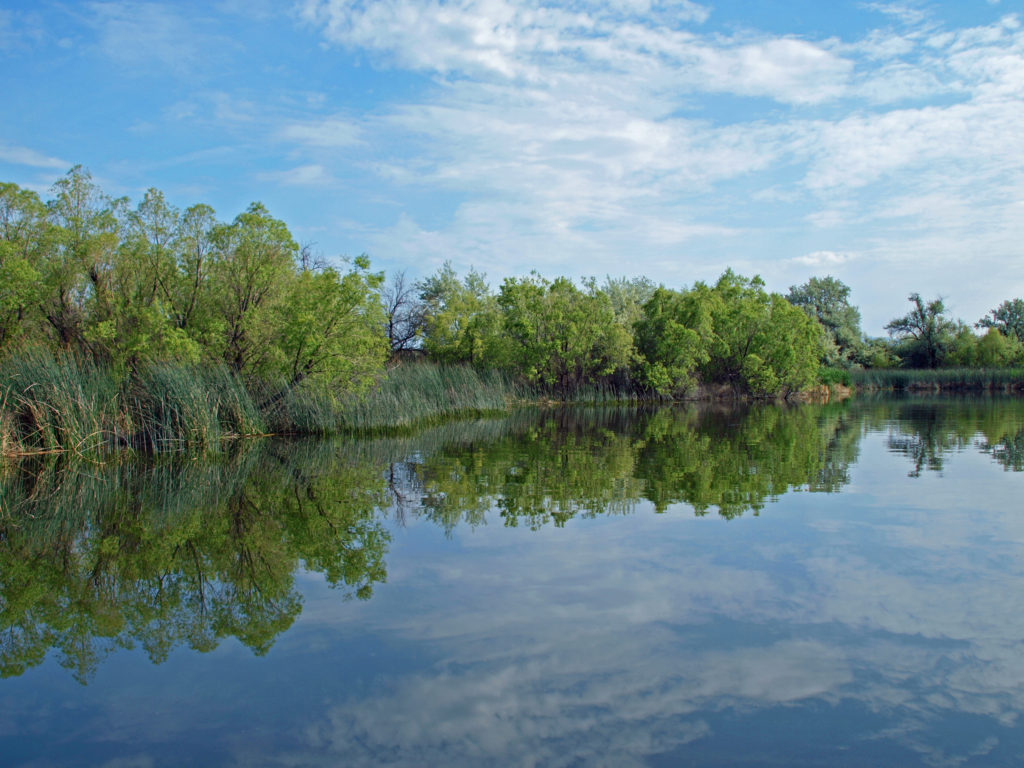 We returned to Boise that afternoon and spent some time exploring the downtown area and the parks and paths along the Boise River Greenway. The next day it was on to the Snake River Canyon, the Birds of Prey National Conservation Area, and the World Center for Birds of Prey. I’ll cover those areas in the next couple of posts.
We returned to Boise that afternoon and spent some time exploring the downtown area and the parks and paths along the Boise River Greenway. The next day it was on to the Snake River Canyon, the Birds of Prey National Conservation Area, and the World Center for Birds of Prey. I’ll cover those areas in the next couple of posts.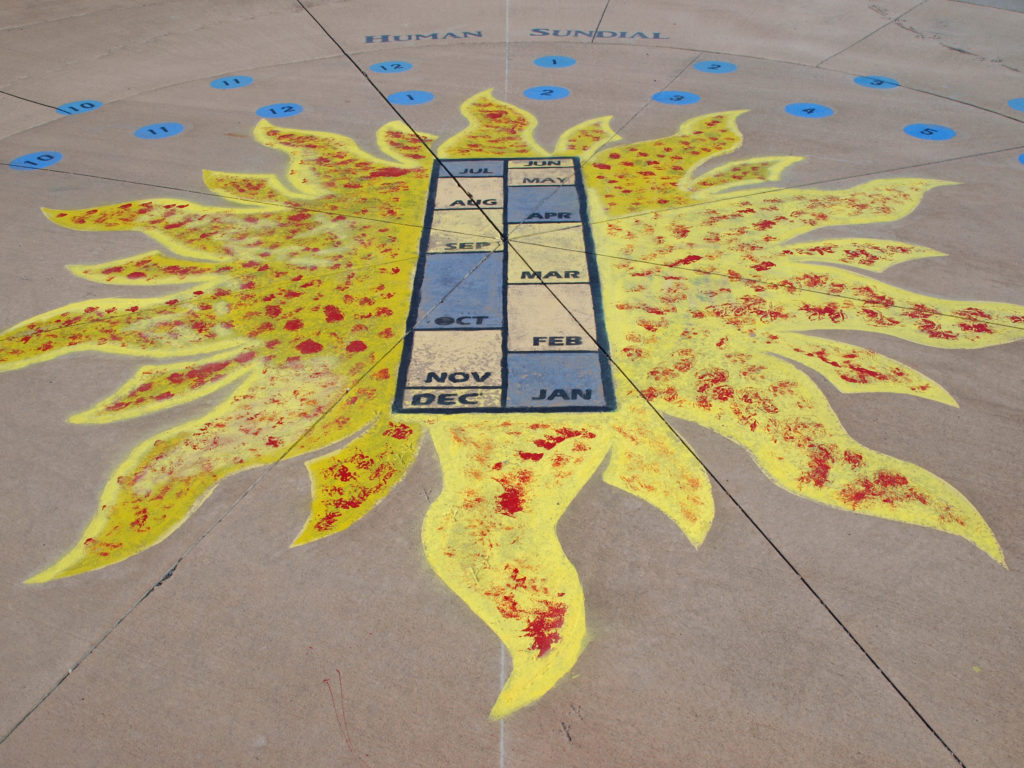 Originally posted June 20, 2019. Edited and re-posted January 2, 2022
Originally posted June 20, 2019. Edited and re-posted January 2, 2022